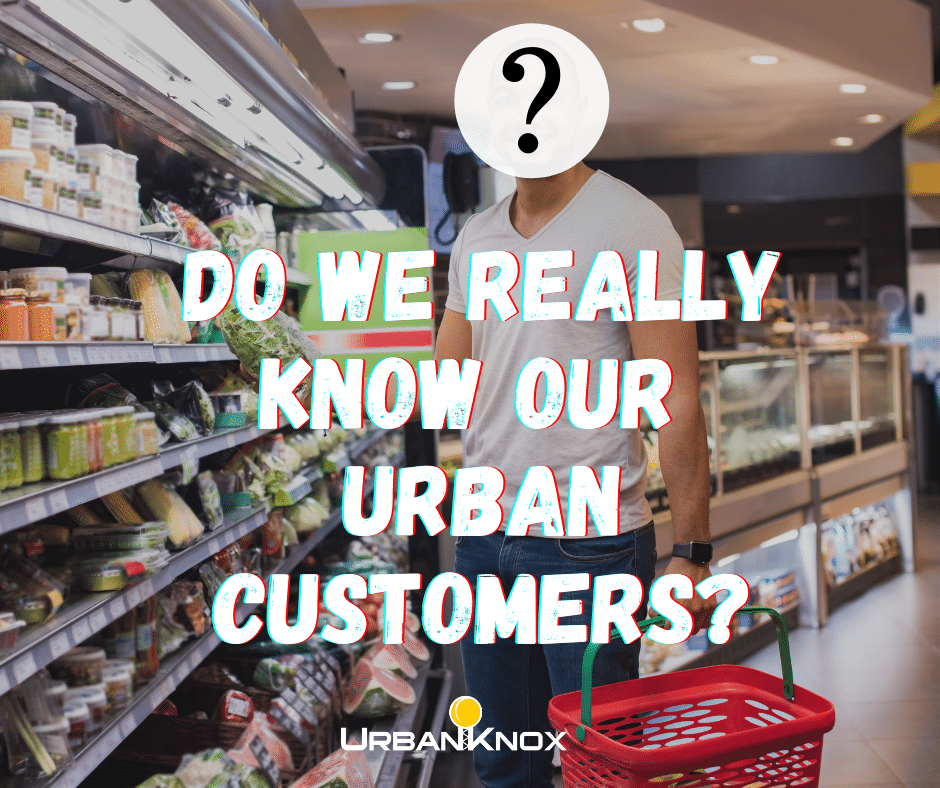Perhaps the most common misconception about our urban community is that it’s monolithic. When we think of Urban, do we imagine a single demographic, one that’s limited to a specific age group, income level or race?
There are obvious flaws with these assumptions. For starters, they’re presumptuous. Our Urban customers span all ages and income levels—we simply can’t assume what any given customer might look like.
Focus on Black Americans:
Most retailers’ research has typically focused on two main categories of African Americans: the Urban/Hip Hop (urban lifestyle) and the Middle Class (middle class to wealthy consumers, who tend to be college-educated and high earners). While we understand that the needs of these consumers are different, we have found that there is much more diversity within these groups than many brands realize.
- African American consumers come from a wide range of backgrounds. Today’s black consumer is truly multicultural. This includes blacks with Caribbean roots, as well as blacks whose families have roots in Africa. These people may have immigrated from Jamaica or Cameroon or Congo only recently or their families may have been here for generations.
- Black Americans live all over the country in big cities and small towns alike. Some are upper-class professionals in white-collar jobs while others are working-class laborers in blue-collar jobs living paycheck to paycheck. As such, their spending power varies greatly—from low income to wealthy—and they don’t all fall into the same category when it comes to purchasing power.
Questions to get to know them better:
Where do you live?
Where your customers live is one of the biggest drivers of their needs. This will help you understand if they are likely to need a car, how often they visit stores, etc. When you look at the spread of customer locations, it is important to remember that some products are more commonly sold in certain areas than others. For example, clothing and accessories are more likely to be sold in urban environments. If your product is sold in all three core areas (urban, suburban, and rural), then customer location can be a helpful way to segment your customer base for further analysis.
Where are you from?
Don’t assume that because someone looks like you that they’re from Knoxville, Newport or Maryville. Our area is becoming increasingly diverse. Using race as your only definition of an Urban consumer will cause you to overlook other factors and attributes. When we do this we are not considering the Urban consumer holistically, just narrowing in on one variable.
This could be particularly problematic from a marketing standpoint, since our products may attract consumers who aren’t considered necessarily urban based on their race. If we’re limiting ourselves to what we think is an “Urban” customer, this could lead to valuable customers being overlooked. A good example of this is music preferences: we may believe that an Urban consumer would only listen to the artists and genres included in our “Urban” playlist, but this may not be true for everyone! One person’s idea of what makes someone Urban may differ from another’s, so it can be tricky to define Urban consumers as a group. In addition, as previously mentioned, Black consumers are more diverse than assumed and may appear in any area.
For more tips on marketing to our Urban Community, reach out to Brian Brooks with Eternal Marketing Group at 865-816-9864 or visit www.eternalmg.com

